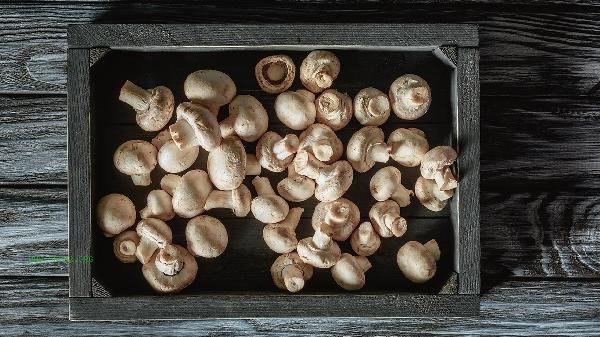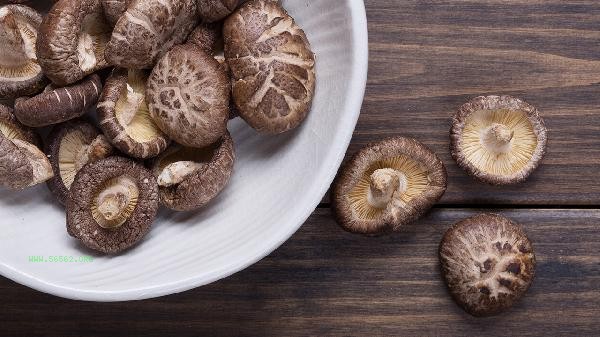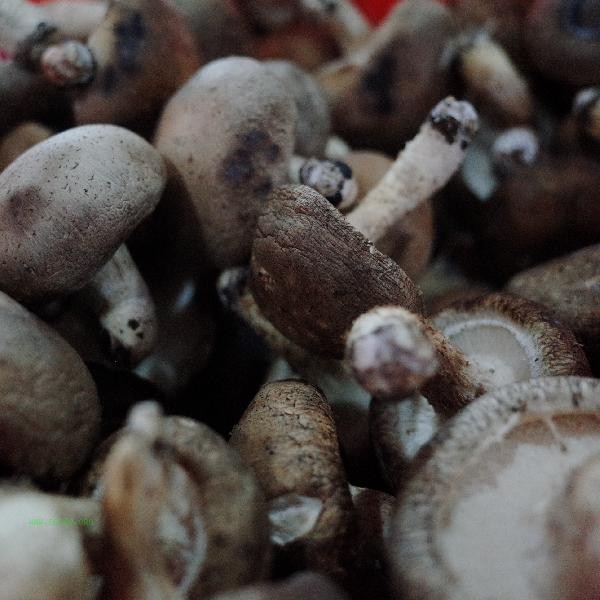The odor of shiitake mushrooms may be caused by improper storage or spoilage, as well as factors such as variety characteristics, microbial contamination, chemical residues, and transportation damage. Fresh shiitake mushrooms should have a fragrant aroma, and it is recommended to stop consuming them when there is a noticeable odor.

1. Improper storage
Mushrooms are prone to bacterial growth in high temperature and humid environments, leading to protein degradation and the production of odorous substances such as sulfides. Unscented shiitake mushrooms will accelerate spoilage when exposed to air, and may produce odors when refrigerated for more than 5 days or stored at room temperature for more than 2 days. The correct storage method is to place the shiitake mushrooms in a breathable paper bag and store them on the vegetable and fruit layer of the refrigerator.
2. Variety Characteristics
Some wild mushroom varieties, such as matsutake, contain special volatile substances that release sulfur compounds similar to the odor of smelly socks during the drying process. This type of odor is a normal phenomenon, and after sufficient cooking, the odor will be reduced. But artificially cultivated ordinary shiitake mushrooms should not have a noticeable odor. 3. Microbial contamination: Mushrooms contaminated with mold or spoilage bacteria will produce a moldy and sour odor. The appearance of mucus and black spots on the surface is a typical characteristic of microbial reproduction. Special attention should be paid to Pseudomonas contamination, which can produce a pungent odor similar to ammonia water. Consuming such mushrooms may cause gastrointestinal discomfort.
4. Chemical residues
Some vendors use sulfur dioxide fumigation to extend the shelf life, and excessive residues can cause a pungent sulfur smell. Mushrooms soaked in formaldehyde will have a chemical smell and feel exceptionally smooth when touched. When purchasing, attention should be paid to choosing mushroom products with formal testing reports.

5. Transportation damage
Squeezing damaged shiitake mushroom cells will release polyphenol oxidase, which produces brown substances and a putrid odor upon contact with oxygen. Mushrooms with damaged mushroom caps and blackened mushroom gills often have an unpleasant odor, and these physical damages can accelerate the deterioration of quality.
When purchasing shiitake mushrooms in daily life, it is important to observe whether the mushroom cap is intact, whether the gills are white, and whether the mushroom stem should have elasticity when pressed. When storing, avoid mixing with strongly scented food. Before cooking, soak in light salt water for 10 minutes to help remove surface impurities. If mushrooms emit an abnormal odor or have a sticky texture or darkened color, they should be immediately discarded and no longer consumed. For natural odors of special varieties, they can be reduced by blanching, cooking with ginger and garlic, and other methods. Seek medical attention promptly when experiencing symptoms such as abdominal pain and diarrhea after consumption.









Comments (0)
Leave a Comment
No comments yet
Be the first to share your thoughts!